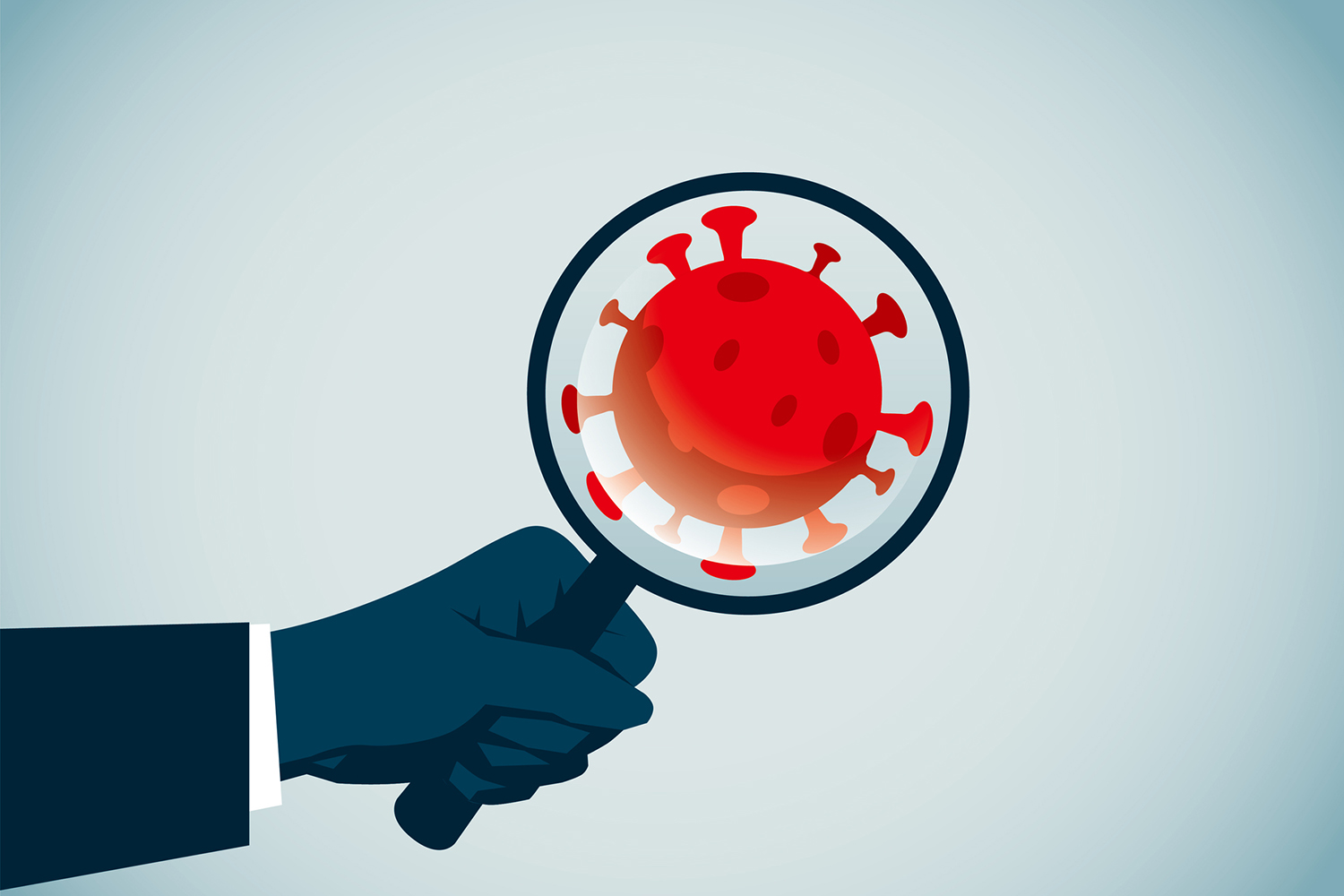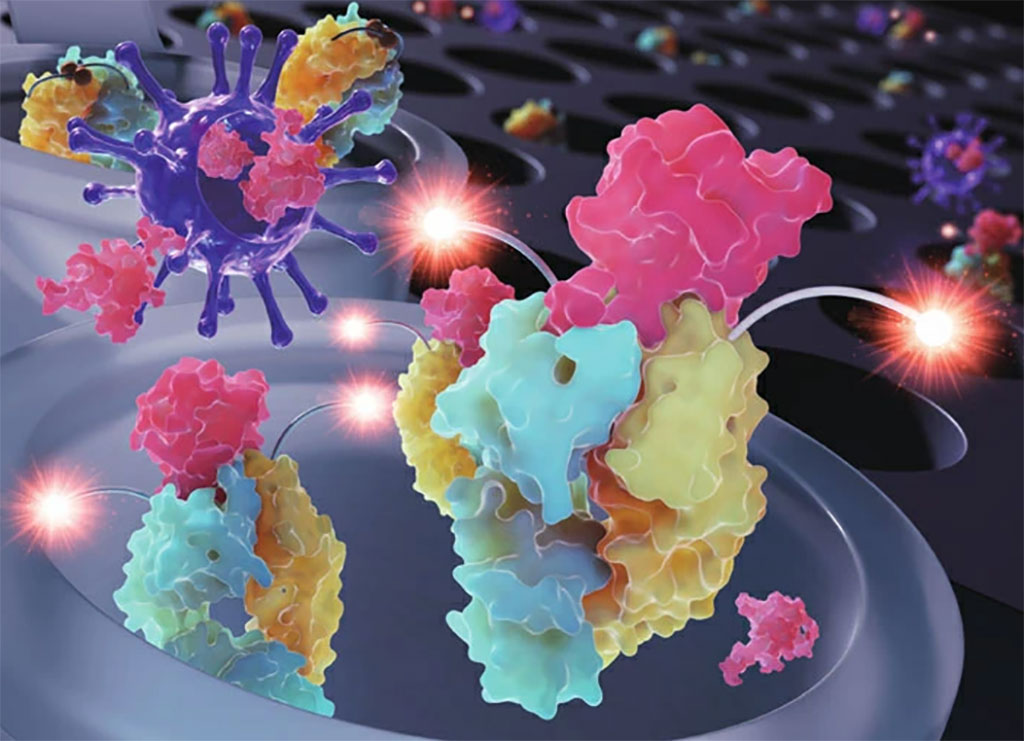Highly Automated Microlab Half the Size of Credit Card Detects COVID-19 in 30 Minutes
By LabMedica International staff writers
Posted on 06 Nov 2020
By leveraging the so-called “lab on a chip” technology and the cutting-edge genetic editing technique known as CRISPR, researchers have created a highly automated device that can identify the presence of the novel coronavirus in just a half-hour.Posted on 06 Nov 2020
The microlab test developed by scientists at Stanford Medicine (Stanford, CA, USA) takes advantage of the fact that coronaviruses like SARS-COV-2, the virus that causes COVID-19, leaves behind tiny genetic fingerprints wherever they go in the form of strands of RNA, the genetic precursor of DNA. If the coronavirus’s RNA is present in a swab sample, the person from whom the sample was taken is infected. To initiate a test, liquid from a nasal swab sample is dropped into the microlab, which uses electric fields to extract and purify any nucleic acids like RNA that it might contain. The purified RNA is then converted into DNA and then replicated many times over using a technique known as isothermal amplification.

Illustration
Next, the team used an enzyme called CRISPR-Cas12 – a sibling of the CRISPR-Cas9 enzyme associated with this year’s Nobel Prize in Chemistry – to determine if any of the amplified DNA came from the coronavirus. If so, the activated enzyme triggers fluorescent probes that cause the sample to glow. Here also, electric fields play a crucial role by helping concentrate all of the important ingredients – the target DNA, the CRISPR enzyme and the fluorescent probes – together into a tiny space smaller than the width of a human hair, dramatically increasing the chances they will interact.
The team created its device on a shoestring budget of about USD 5,000. For now, the DNA amplification step must be performed outside of the chip, but the researchers expects that within months their lab will integrate all the steps into a single chip. Several human-scale diagnostic tests use similar gene amplification and enzyme techniques, but they are slower and more expensive than the new test, which provides results in just 30 minutes. Other tests can require more manual steps and can take several hours. The researchers say their approach is not specific to COVID-19 and could be adapted to detect the presence of other harmful microbes, such as E. coli in food or water samples, or tuberculosis and other diseases in the blood.
“The microlab is a microfluidic chip just half the size of a credit card containing a complex network of channels smaller than the width of a human hair,” said the study’s senior author, Juan G. Santiago, the Charles Lee Powell Foundation Professor of mechanical engineering at Stanford and an expert in microfluidics, a field devoted to controlling fluids and molecules at the microscale using chips. “Our chip is unique in that it uses electric fields to both purify nucleic acids from the sample and to speed up chemical reactions that let us know they are present.”
Related Links:
Stanford Medicine














